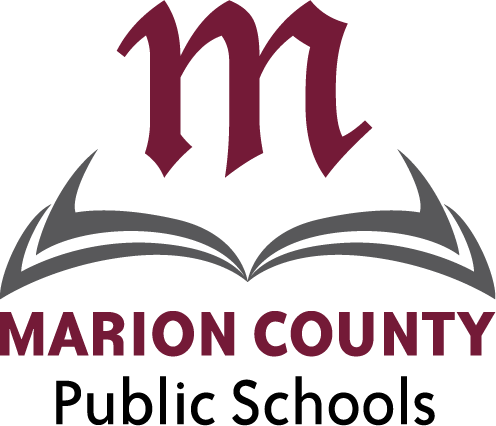Last school year, MCPS teachers had an opportunity to request funding from the district office for purchases that might not typically have been feasible. Because of the way the district used federal ESSER funding to save on expenses, funding was available for classroom items to make learning more innovative, effective, and vibrant.
Lebanon Elementary art teacher Charles Ramey requested and received a 3-D printer to use in conjunction with the school’s Tinkercad account, a free web app for 3-D design. While the online software allows students to design in a three-dimensional workspace, the 3-D printer can then bring those ideas to life.
While the print time makes it impractical to print every student’s design (one piece could take up to five hours), Ramey told his classes that the student from each class with the most interesting design based on his rubric would get to have their design printed.
Third-grader Lucas Lawson was selected as the winner for his class. He applied his interest in Star Wars to design a 3-D model of the Millennium Falcon.
“I’m a big Star Wars fan and I thought maybe the Falcon could be cool since Mr. Ramey’s also a Star Wars fan,” Lawson said, adding: “I’d just like to say, this was a pretty fun build.”
He added that he’s also planning a follow-up Star Wars-related design.
“I’m also working on Luke’s X-wing,” he said.
Ramey had some familiarity with 3-D printing having used a printer at the Marion County Public Library, which prompted him to make the funding request. He originally envisioned it as a way for students to print pieces of art, but also saw other important connections as well.
“I thought the art of construction and creativity behind creating something three-dimensional would be great, like a sculptural piece,” Ramey said. “Once I got into the program, Tinkercad, I saw the relationship with AutoCAD that could give the students experience down the road when they’re at the high school level or even at a career that uses AutoCAD.”
The design process also lends itself to other academic areas.
“There’s a lot of math involved,” Ramey said. “Every shape they use they can reshape in terms of millimeters or units and form it to fit whatever they need.”
Right now, Ramey says he’s focusing on teaching his students the more basic features such as resizing and shaping or helping them understand placement in terms of a 3-D space. However, many of his students have quickly picked up the program in part from their experience with certain video games.
“The kids have experience with games like Minecraft which have a three-dimensional building element, so they took to it like crazy,” he said.
During a recent class, students were working on 3-D designs with some using the program to design rocket ships or recreate famous pieces of architecture.
Third-grader Logan Remoket said that when he first learned about his assignment to create a 3-D design he was “excited, and I was thinking about making my favorite building.”
He began working on a 3-D design of the White House, using online images as a reference. However, at some point, he changed course and opted instead to create a 3-D model of the Titanic.
The most difficult part?
“Making this shape,” Remoket said, pointing to the hull of the ship from an image he found online.
Classmate Abby Buckley, who was designing a rocket ship, noted that there are near endless possibilities when designing in the program although some aspects can be difficult.
“We can build almost like anything and everything,” Buckley said. “When you’re trying to get a specific shape, it takes a little while.”
Ramey said he hopes to eventually move his students toward more artistic designs, but for now he and his students are getting accustomed to the design program and the 3-D printer.
And as much as Lawson enjoyed the design process and getting his design selected to print, he had equally high praise for Mr. Ramey.
“Yeah, he’s the best.”





